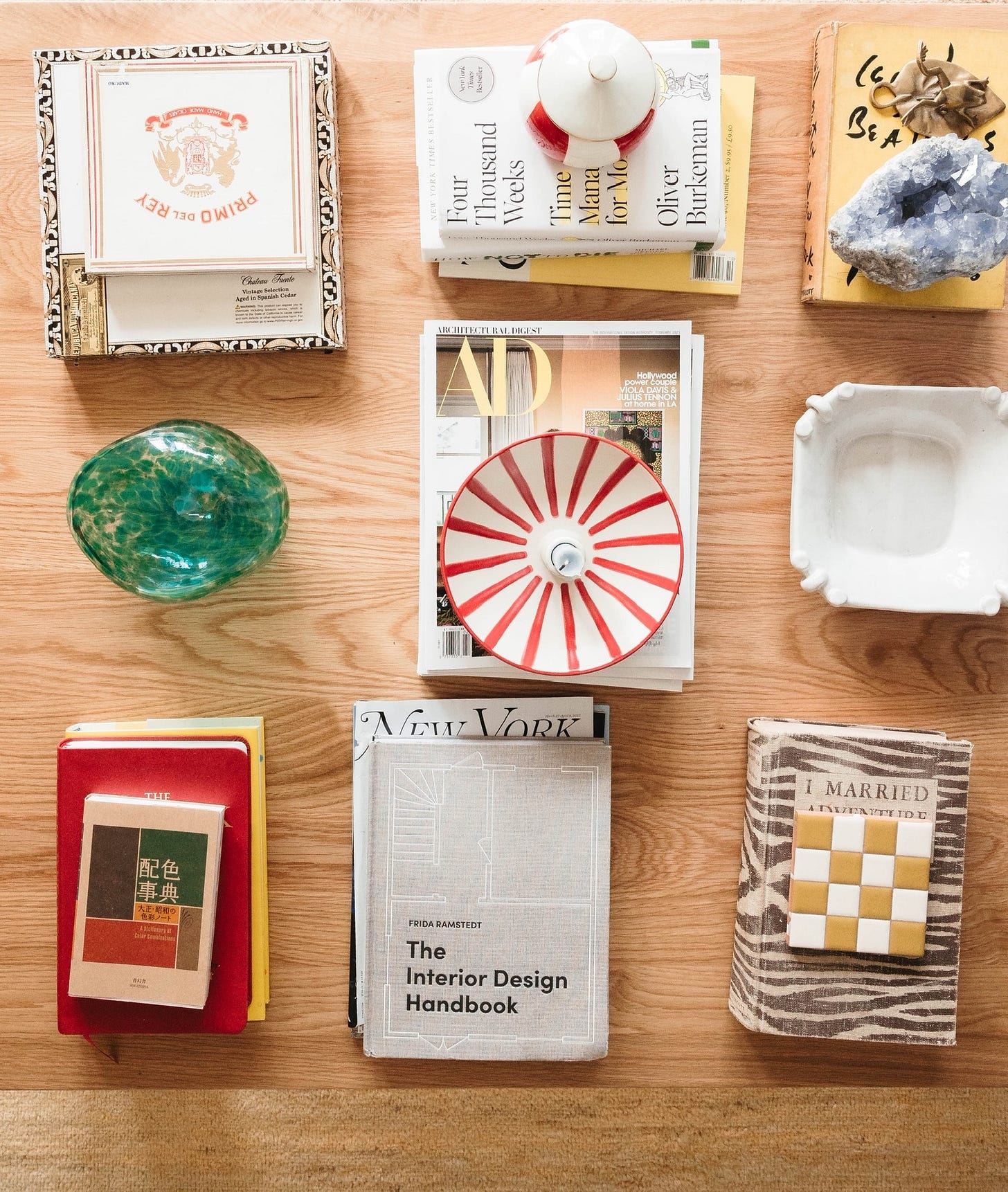Perfection in the context of a home is not about achieving a polished, magazine-worthy look. Rather, it's about creating a space that functions in sync with your lifestyle, brings you comfort, and reflects your style.

I moved out of my sister’s room when I was twelve. I never liked sleeping alone, because at night I found my fears too big to contain. I’d be up at all hours and eventually sleep on the floor of my parents’ room just to feel safe. If I shared a room with someone, I wouldn’t be swept away by my thoughts.
One day while watching Trading Spaces after school, I asked my mom if I could paint the four walls of my bedroom. My parents, desperate for a night of sleep free from me waking them up, allowed me free rein to do literally whatever I wanted to the walls of my room.
Over the last few years in my childhood home, I cycled through multiple styles, paint colors, and layout arrangements, often on a whim on a boring Saturday. That 10’x10’ square was my world, a place where I could express myself creatively at a time when I was just starting to imagine what it would be like to create a life outside my nuclear family. Decorating my room gave me a creative process and an outlet for control in a time when I felt very out of control.
This tiny room was a sort of canvas where I could express my tastes, hobbies, and interests. The way I arranged my furniture, hung my posters and pictures of friends, displayed my books, organized my makeup, and even the color I painted my room reflected a developing personality. I slept well. I wasn’t adrift. I had a room of my own.
Of course, I didn’t realize this at the time. I thought I was decorating my space because I wanted to be an interior designer or an architect when I grew up. I moved furniture around and painted my walls my favorite colors because I liked being surrounded by the things I found beautiful. It made me feel better.
This vehicle of creative expression within my living spaces would support the next three decades of my life. Not just financially, but physically and emotionally. The beauty created when decorating is always rooted in something deeper than aesthetics.
Today I want to reframe what defines the “perfect” home. And to do that, we first have to reframe what home means.
What does the “perfect” home feel like?
Just as my teenage bedroom was a reflection of my evolving personality, our homes are a reflection of our adult selves: our needs, our desires, and our aspirations. They are a physical manifestation of our priorities and values. Whether it be the desire for family and togetherness manifesting in a warm, inviting kitchen, or a need for quiet solitude leading to a cozy reading nook tucked away in a corner. And as our life becomes more intertwined with others, these spaces we create for entertaining friends reflect our love for community and connection, and for expressing our creativity. Beyond necessities like shelter and safety, our spaces can support a range of creative interests, from a painter's well-lit studio to a gardener's flourishing backyard.
A house is a physical structure. A home embodies your tastes and routines for supporting a life well-lived. A home doesn’t always mean four walls and a roof. A home does not require ownership. A home is where needs are met and people are safe to express who they are.
Keep reading with a 7-day free trial
Subscribe to House Call With Kate Arends to keep reading this post and get 7 days of free access to the full post archives.




